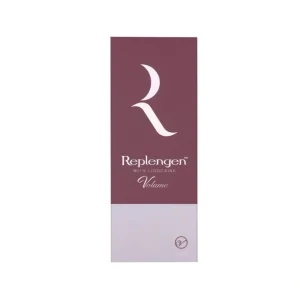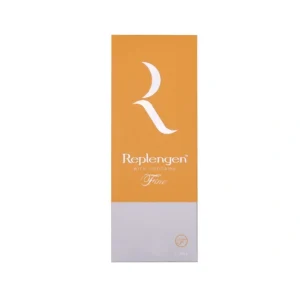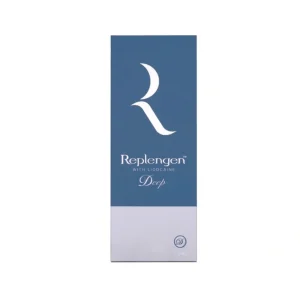Showing all 3 resultsSorted by average rating
Replengen
Brand Overview & Composition
Developed in Korea with a focus on precision and safety, replengen is a hyaluronic acid–based platform engineered for reliable, natural-looking correction of facial and body contours. The brand emphasizes rigorous quality control, from raw-material selection to sterile manufacturing, so replengen dermal fillers can be integrated into professional protocols that prioritize predictable handling and outcome consistency.
Built on HA of verified origin and purified to remove potential process impurities, the line is designed to address wrinkles, restore soft-tissue volume, and enhance skin hydration. Clinicians value that replengen filler is supplied as an injection-type medical device for use in aesthetic procedure settings where short chair time and immediate visible effect are important. Longevity is a key attribute as well: after injection, results typically persist through a mid-term window before the HA gradually biodegrades within the body, aligning with expectations for modern HA platforms. (Core brand, HA nature, use for face/body volume, procedure time, and durability. )
Technology, Quality & Candidate Profile
Beyond its HA composition, replengen is distinguished by proprietary process controls that shape gel structure and extrusion behavior, delivering smooth injection performance and stable placement in tissue. Manufacturing employs particle-refining and moisture-management steps that support viscoelastic stability over time, helping replengen filler retain form while allowing precise expression of contour.
Safety systems target removal of BDDE residues, endotoxin, heavy metals, and microbial contaminants, reinforcing practitioner confidence when selecting replengen dermal fillers for professional use. The family is organized so providers can choose textures suitable for lighter line work or deeper volumizing—commonly referenced as Fine, Deep, and Volume—without dwelling on any one product. Ideal candidates are adults seeking HA-based treatment with a strong documentation trail for quality and safety, where the goal is controlled correction rather than dramatic alteration.
Key advantages clinicians cite:
- Uniform, predictable extrusion force for steady cannula/needle feel
- Process-driven durability within the expected 6–12-month window
- HA purity and stringent in-process controls to support patient safety
- Line flexibility (e.g., Fine/Deep/Volume) for tailored effect by indication
Short procedural time with immediate, natural-looking results
(Technology claims—GI-style particle control, moisture correction, safety/purity controls; durability; line organization and indications. )




